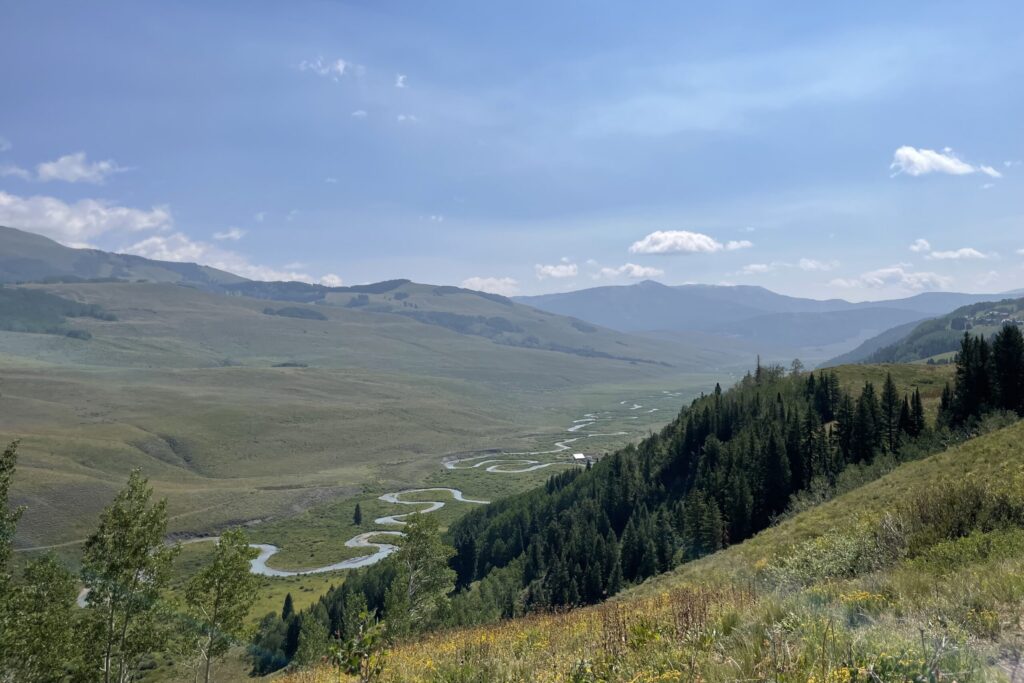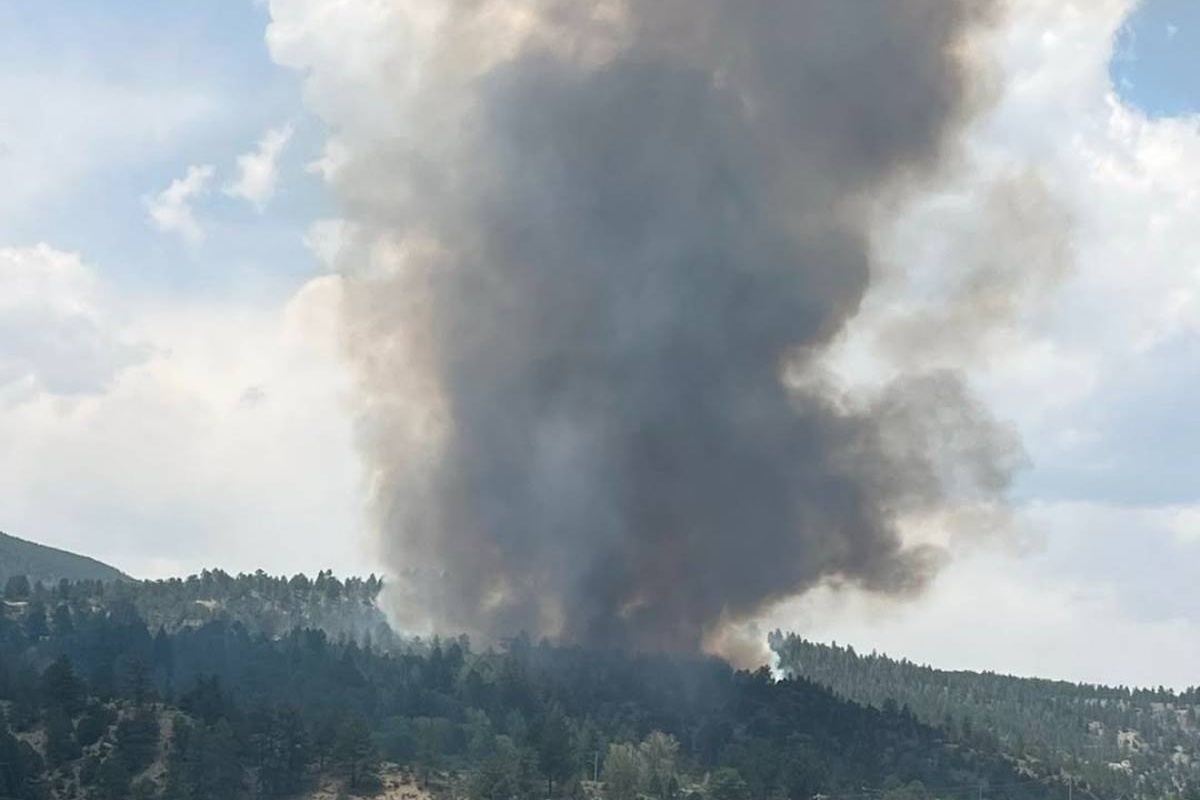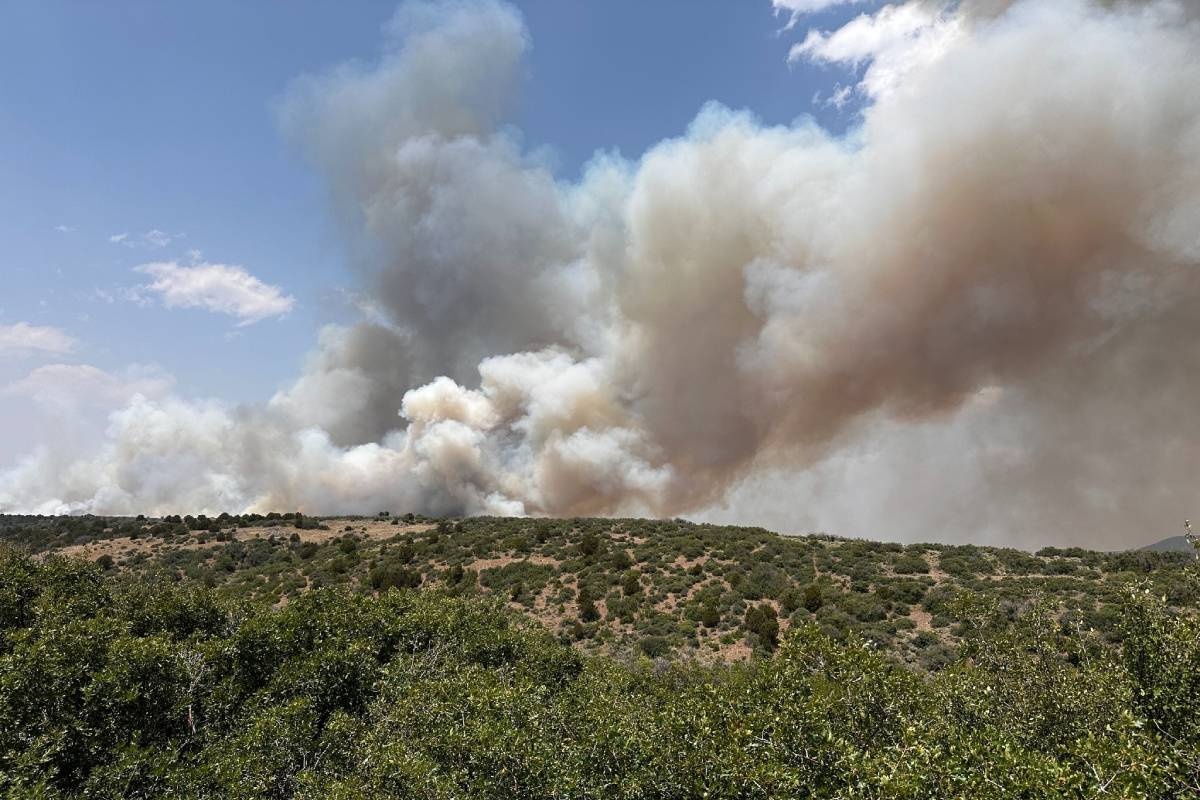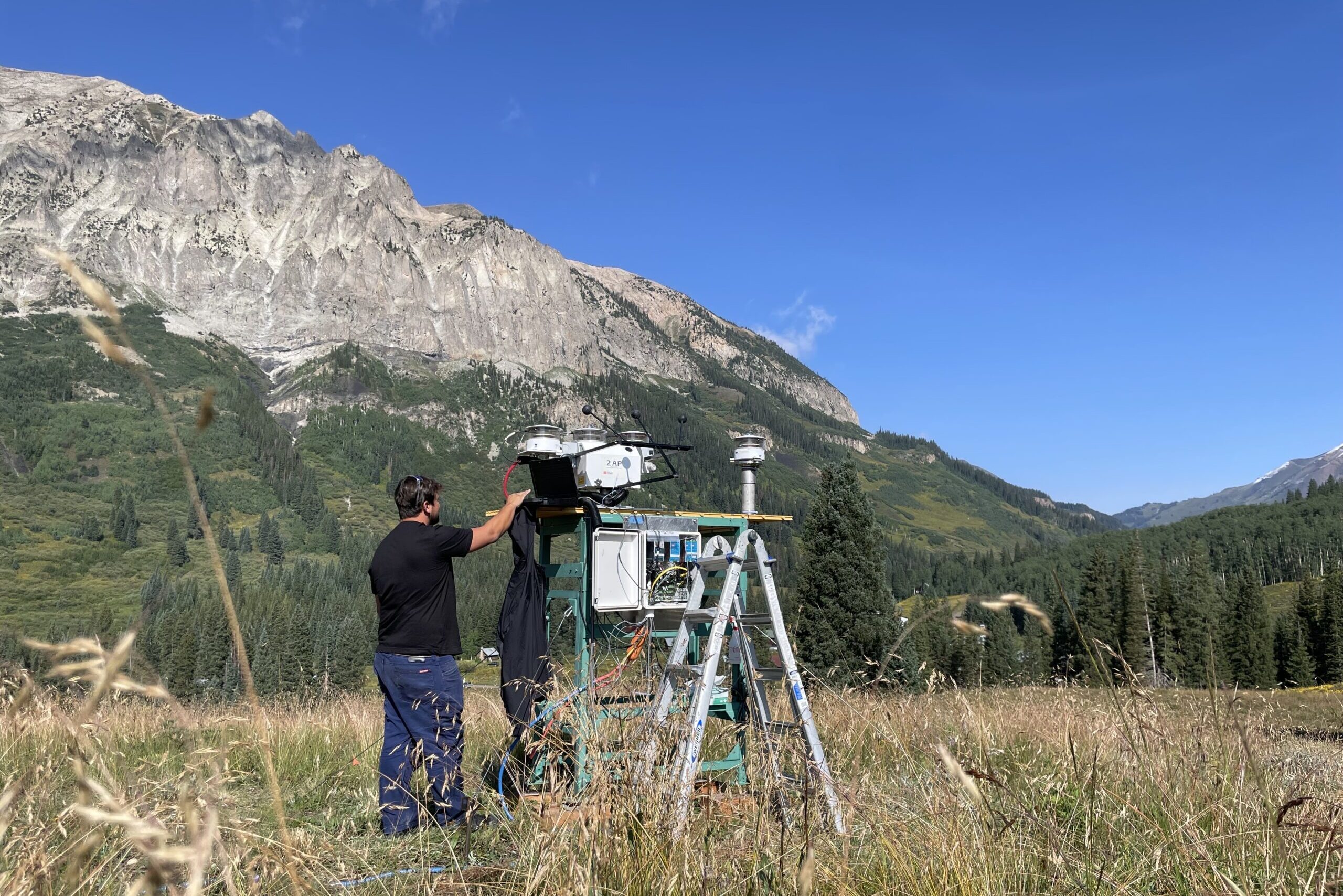
The Colorado River starts in the Rocky Mountains of Colorado, and the water that collects there rushes into a system that supplies 40 million people in the West.
Yet, scientists still don’t entirely understand how water forms and moves through the world’s mountain watersheds.
A new U.S. Department of Energy research project will collect data in Colorado’s mountains to help better predict western water supplies in an era of climate change.
In the 1920s, Rocky Mountain Biological Laboratory was founded in the abandoned mining town of Gothic, Colo., about 9 miles north of Crested Butte. Since then, thousands of field biologists have studied the streams, snowfall and soil in the diverse mountain ecosystem. Now, researchers are aiming their instruments at the sky.
“This project is trying to make the atmospheric connection of how the atmosphere fuels the watershed and where all the water comes from,” said John Bilberry, the project manager of the Surface Atmosphere Integrated Field Laboratory campaign.
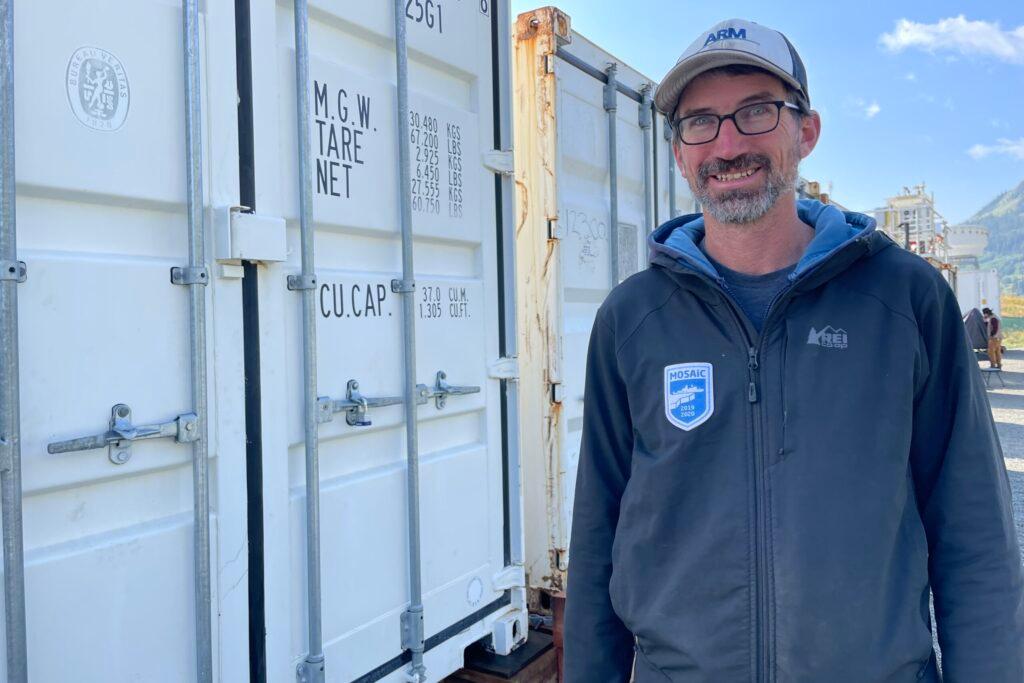
How the scientists are gathering data
Bilberry stands in front of a row of white shipping containers housing mobile laboratories that have traveled the Arctic and the Southern Ocean near Antarctica.
The steel boxes are packed with different research instruments, like LIDARS, which pulse a laser into the sky and use sensors connected to a receiver to measure the reflection. Based on the timing, the equipment can tell how high a cloud is.
The project includes dozens of different instruments that will collect an unprecedented amount of data for nearly two years, Bilberry said.
For the first time, atmospheric measurements will be directly connected to measurements of available water.
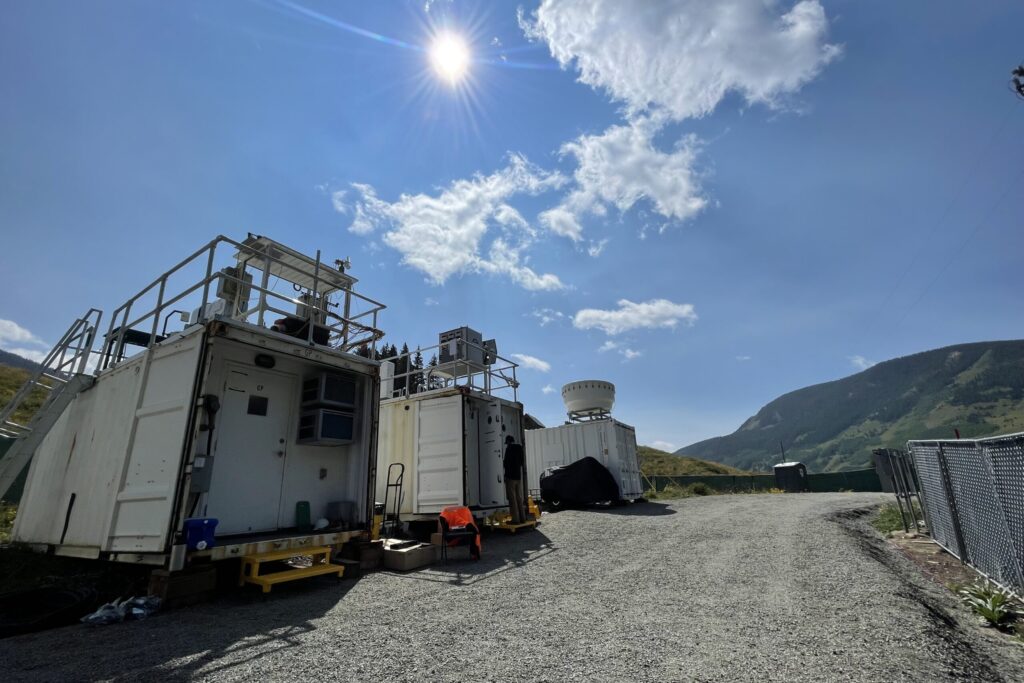
The information will improve the computer models that scientists use to predict water availability in mountain watersheds. It’s important data for Colorado and the West as a 20-year-long, climate change-fueled megadrought dries up the Colorado River.
“The mountains are really the water towers for much of the freshwater in the world,” said Erik Hulm, project manager at Rocky Mountain Biological Laboratory.
He says this research will help improve the understanding of how mountain watersheds behave with a changing climate and what that might mean for the 40 million people that rely on Colorado River water — and the millions more who rely on mountain water around the world.
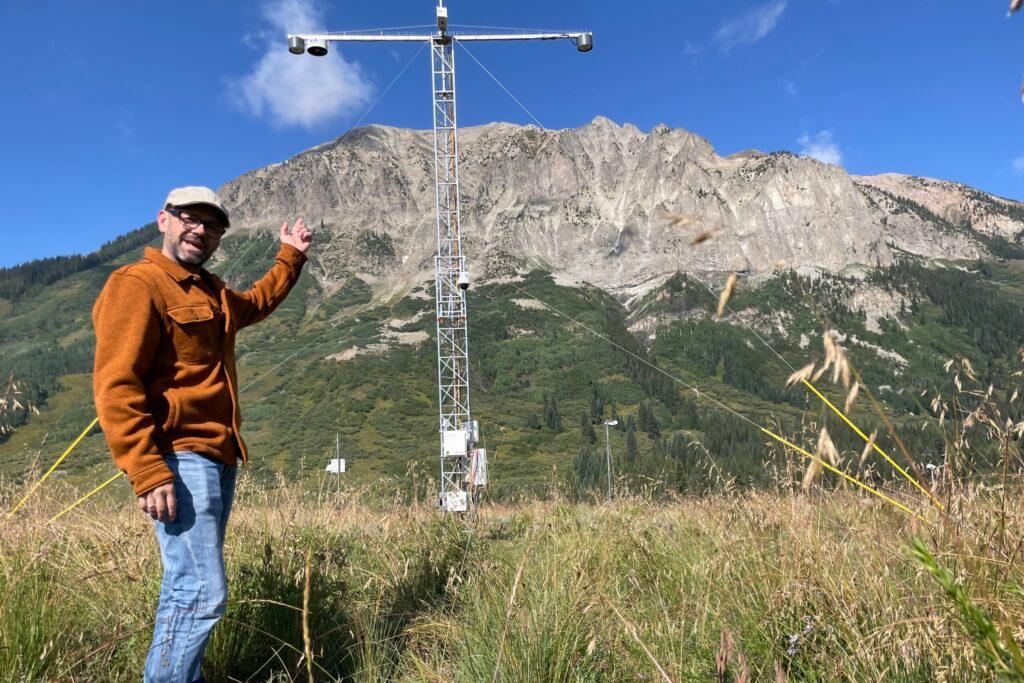
What the data gathered will be used for
This research, led by Lawrence Berkeley National Laboratory, will build on years of study of water on or under the ground in the upper Colorado River basin. Bilberry says one missing piece of data the project could supply is how an environment as complex as a mountain watershed extracts moisture from the atmosphere.
He says the improvements to the computer models will help decision-makers and stakeholders, like farmers, water managers and utilities, know how much water the West will have in a warmer climate.
Dan Feldman is the principal investigator of the campaign. He said with climate change, the “practical” lessons learned from the past now only provide a partial understanding of the amount and the timing of water that comes from the Colorado River.
He pointed to the megadrought as an example of moving “far and fast away” from the hydrology of the past.
Last month, the first-ever federal water shortage was declared in the lower Colorado River basin, which will lead to water cuts in Arizona, Nevada and Mexico. The two largest reservoirs in the United States, Lake Mead and Lake Powell, have both hit their lowest level on record this year.
Alejandro Flores, an associate professor of hydrology at Boise State University, said it’s hard to model weather in the mountains where there are various elevations, slopes, vegetation and other complex interactions.
“We have to think about the land and the atmosphere as a linked system that interact with each other,” Flores said. “Up until now, there have been a lack of observations that help us understand this critical interface.”
Flores said this research will be a “game changer,” since it will collect the data needed to better understand how the land and atmosphere interact and produce water.
